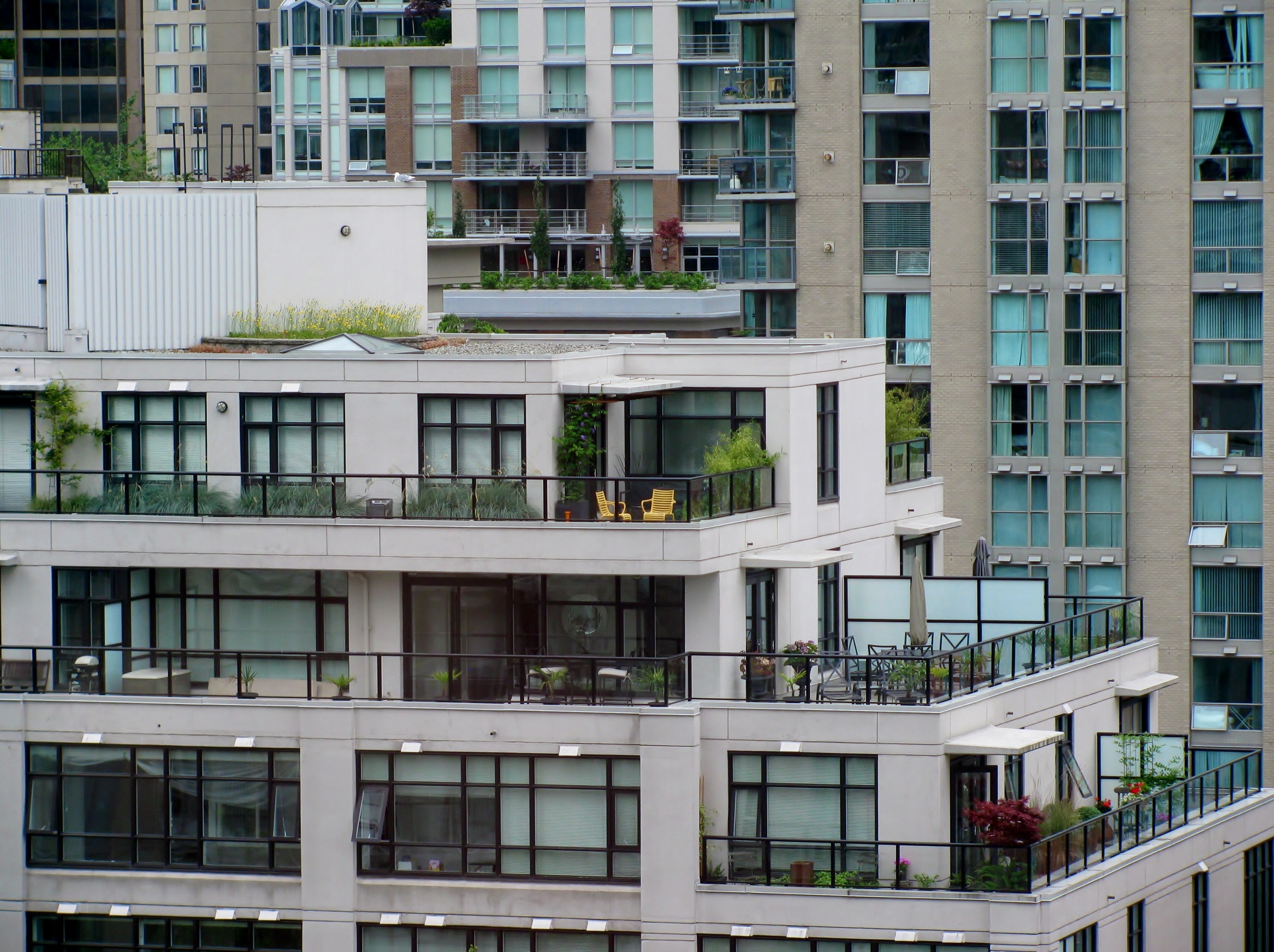Condominiums – Regular Site Inspections are Important
Each member of a condominium board should be encouraged to actively participate in the preservation of their community and the value of their building. While professional inspections are essential, the following is intended to help you spot the most obvious, common, and expensive issues in your property.
The building envelope defines the physical boundary of a multi-family residential property. It acts as the protective barrier that separates the controlled indoor space from the unpredictable outdoor environment. The building envelope includes the roof, exterior walls, windows, doors, and foundation. A properly designed and well-maintained building envelope plays a pivotal role in controlling the movement of heat, air, and moisture in and out of the building, influencing the overall comfort and energy efficiency of the structure. Maintaining the building envelope not only prevents structural damage but also enhances indoor air quality by reducing the infiltration of pollutants and moisture. Therefore, it is essential to focus on the critical elements of your building envelope.
As per Alberta law, condominiums are obliged to perform a Reserve Fund Study every five years and prepare an annual Reserve Fund Plan to keep owners informed about expenses and ongoing progress. Emphasizing proactive property maintenance and diligent property condition monitoring is of utmost significance. Additionally, it is crucial to develop strategies for incorporating maintenance into your reserve plan to lower overall costs and improve the building's durability. In times of inflation and rising insurance premiums, proactive building maintenance comes highly recommended and serves as an invaluable tool for every member of the condominium board.
Some considerations are as follows:
Roof & Gutters: Perform a comprehensive examination of the roof and gutters to detect any indications of harm, such as fissures, gaps, or obstructions impeding the gutters. Confirm that the gutters exhibit proper slope and secure attachment of downspouts to ensure water is directed away from the foundation of the building. Scrutinize the roof for visible signs of deterioration, such as absent or damaged shingles, fissures, or areas showing signs of sagging. Particular attention should be given to the flashing, which serves as the material sealing the junctions between the roof and other structural elements like chimneys and vents. Additionally, scrutinize the roof's perimeter for any evidence of excessive wear, such as rot.
Foundation: Thoroughly examine the foundation for signs of damage or cracking, such as diagonal or stair-step cracks, bulges, or shifting. Check the soil around the foundation, ensuring proper drainage and preventing soil settling or erosion. Inspect the interior of the building for signs of shifting, such as cracks in walls or ceilings, or doors and windows that do not close properly.
Exterior Walls: Examine the outer walls for signs of harm or wear. This entails spotting cracks, openings in the walls, and evidence of water damage like stains, mold, or decay. Assess the state of the siding or stucco, keeping an eye out for discoloration, perforations, and deficiencies. Give particular consideration to the points where the siding joins the roof and the portion where it meets the foundation.
Windows & Doors: Evaluate the frames, sills, and weatherstripping for signs of damage, air leakage, or energy inefficiency. Confirm the functioning of windows and doors, including the security of locks and the condition of the glass, watching for cracks, chips, or fogging.
Balconies, Patios & Decks: Inspect the surfaces for any indications of damage or wear, such as cracks or rot. Examine the railings and supports to ensure they are firmly attached. Assess the waterproofing components, like flashing and sealant, and ensure they are effectively diverting water. Scrutinize the connections to the building for safety and security.
Fences: Inspect fence posts for secure anchoring, and look for cracks or rot that can weaken the fence. Check for missing or broken boards and posts, rust, or corrosion. Assess gates and hardware for proper functionality.
Landscaping: Check retaining walls for damage and signs of erosion or water damage. Ensure proper grading for rainwater runoff away from the building. Examine plants for disease and overgrowth, and assess outdoor lighting and potential hazards.
Sidewalks, Parking Lots & Parkades: Inspect surfaces for damage, including cracks, potholes, or unevenness, and look for tripping hazards and areas prone to winter freezing. Verify the condition and functionality of drainage systems like catch basins and culverts. Evaluate lighting, ventilation, and fire protection systems. Inspect garage doors or gates, pavement, signage, and markings, and ensure the safety and cleanliness of elevators, stairwells, and handrails.
For other common areas, inside and out, check for signs of wear and tear, damage, cracks, leaks, or malfunctioning fixtures. Pay attention to the condition of entryways and stairwells for condition and signage, as well as the functionality of common elements like elevators, and lighting. Check walls, ceilings, and floors for water damage or discoloration.




